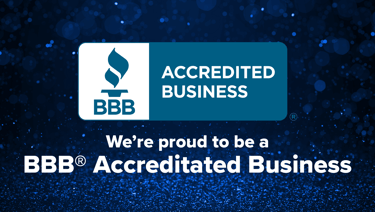Managing Multi-Unit Properties: Efficiency Tips for Small Portfolios


Image: ChatGPT.com
Owning and managing a few multi-unit properties can be a profitable way to build long-term wealth — but it also brings unique challenges. Unlike single-family rentals, multi-unit buildings require systems that balance maintenance, tenant relations, and financial tracking across several doors. For small portfolio landlords, efficiency is everything.
1. Streamline Communication and Tenant Management
When you have multiple tenants under one roof (or across several small buildings), centralizing communication prevents chaos.
Use digital portals: Systems like DoorLoop or Buildium allow tenants to submit maintenance requests, pay rent, and communicate securely.
Automate reminders: Set up automated rent notices and renewal reminders to minimize missed payments or lapses.
Group updates by property: Sending targeted notices—such as maintenance schedules or parking changes—to tenants in a specific building keeps communication organized and relevant.
2. Standardize Maintenance Processes
Maintenance requests can quickly spiral out of control if you don’t have a plan.
Create a maintenance workflow: Log every request, assign vendors promptly, and track completion times.
Batch inspections: Conduct quarterly or semi-annual walkthroughs of all units in the same building on the same day.
Build relationships with local vendors: Having a go-to plumber, electrician, and handyman saves time when emergencies arise.
3. Simplify Your Financial Tracking
Tracking income and expenses across multiple units is easier when your accounting setup mirrors your portfolio.
Segment by property: Record rent, utilities, and expenses separately for each address to understand each building’s performance.
Automate reporting: Use software to generate monthly summaries showing occupancy rates, maintenance costs, and late payments.
Prepare for taxes early: Keep receipts and invoices digitally organized—many landlords lose deductions simply due to disorganization.
4. Focus on Tenant Retention
Reducing turnover is one of the most cost-effective strategies for multi-unit landlords.
Respond quickly to issues: Fast maintenance response builds loyalty and reduces complaints.
Reward good tenants: Small gestures like an annual rent discount, holiday card, or property upgrade go a long way.
Encourage feedback: Ask tenants what improvements matter most before making costly upgrades.
5. Embrace Preventive Management
It’s cheaper to maintain than to repair.
Create a seasonal checklist: For example, service HVAC systems in spring and clean gutters before winter.
Inspect shared spaces: Stairwells, hallways, and laundry rooms need consistent upkeep to prevent liability issues.
Track asset lifecycles: Use a spreadsheet or app to log when appliances or roofs were last replaced.
6. Scale Smartly
As your portfolio grows, resist the urge to do everything yourself.
Outsource selectively: Hire a property management firm (like Entrusted Property Management) for tenant placement, maintenance coordination, or accounting support.
Build repeatable systems: Document processes like lease renewals, vendor vetting, and inspection checklists.
Invest in tech early: The right tools pay for themselves once you pass the 3–5 unit threshold.
Final Thoughts
Managing multi-unit properties as a small landlord is all about efficiency—having clear processes, the right tools, and reliable support. By systematizing communication, maintenance, and finances now, you’ll spend less time putting out fires and more time growing your investment portfolio.
For more information on properties located in Harford & Baltimore County, MD, click here.


